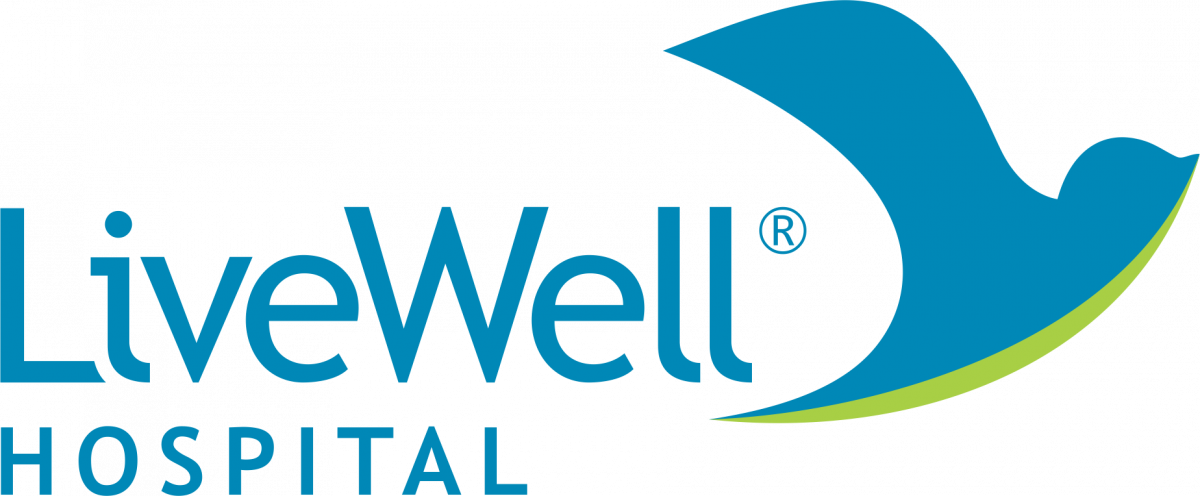CELIAC PLEXUS BLOCK
CELIAC PLEXUS BLOCK
A celiac plexus block is an injection of local anesthetic or alcohol (neurolytic solution) into or around the celiac plexus of nerves that surrounds the aorta, the main artery in the abdomen. Normally these nerves control basic nerve functions. In certain conditions, these nerves can carry pain information from the gut or abdominal organ tissues back to the spinal cord and brain.
celiac plexus block is used in any chronic abdominal pain which is not treated conservatively, pancreatic cancer, cancer from other organs of abdomen. A celiac plexus block is performed to block the celiac plexus of nerves that go various organs and parts of the abdomen. This may in turn reduce pain in the abdomen.
The actual injection takes from 20 to 30 minutes.
The injection consists of a local anesthetic. We also add an alcohol or any other neurolytic solution like alcohol to prolong the effects of the celiac plexus block.
The procedure involves inserting a needle in the back through skin and deeper tissues. So, there is some pain involved. However, we may numb the skin and deeper tissues with a local anesthetic using a very thin needle before inserting the actual block needle. Most of the patients also receive intravenous sedation that makes the procedure easier to tolerate.
No. This procedure is done under local anesthesia. Most of the patients also receive some sedation, which makes the procedure easy to tolerate. The amount of sedation given generally depends upon the patient tolerance. Some patients may have enough sedation that they have amnesia and may not remember all or parts of the procedure.
It is done with the patient lying on stomach. The patients are monitored with EKG, blood pressure cuff and an oxygen-monitoring device. The celiac plexus block is performed under sterile conditions. The skin on back is cleaned with antiseptic solution and the skin is then numbed with a local anesthetic.
Then X-ray is used to guide the needle or needles into the proper position along the outside of the spine. Once in place, a test dose of dye is used to confirm that the injected medication will spread in an appropriate area. If this is okay, the injection takes place gradually over several minutes.
The physician will use the X-ray to evaluate the spread of the injected medication. When a sufficient area is covered, the injection will be over. When done, the needle is removed and a Band Aid is applied.
Immediately after the injection, you may feel your abdomen getting warm or feeling a bit different. In addition, you may notice that your abdominal pain may be gone or quite less. You may also notice some temporary weakness or numbness in the abdominal wall or leg, although this is actually not a desired effect of a celiac plexus block.
You should have a ride home. We advise the patients to take it easy for a day or so after the procedure. Perform the activities that you can tolerate. Some of the patients may go for immediate physical therapy.
The local anesthetic wears off in a few hours. However, the blockade of celiac plexus nerves with neurolytic solution may last for 6 months.
If you respond to the first injection, you will be recommended for repeat injections. Usually, a series of such injections is needed to treat the problem. Some may need only 2 to 4. The response to such injections varies from patient to patient.
It is sometimes difficult to predict if the injection will indeed help you or not. The patients who present early during their illness tend to respond better than those who have had symptoms for a long time. Patients in the advanced stages of disease may not respond adequately.
This procedure is safe. However, with any procedure there are risks, side effects and possibility of complications. The most common side effect is temporary pain or soreness at the injection site. Uncommon risks involve bleeding, infection, spinal block, epidural block, collapses lung and injection into blood vessels and surrounding organs. Fortunately, the serious side effects and complications are very uncommon.
If you are allergic to any of the medications to be injected, if you are on blood thinning medications, if you have an active infection going on, or if you have poorly controlled diabetes or heart disease, you should not have the injection or at least consider postponing it if postponing would improve your overall medical condition.

